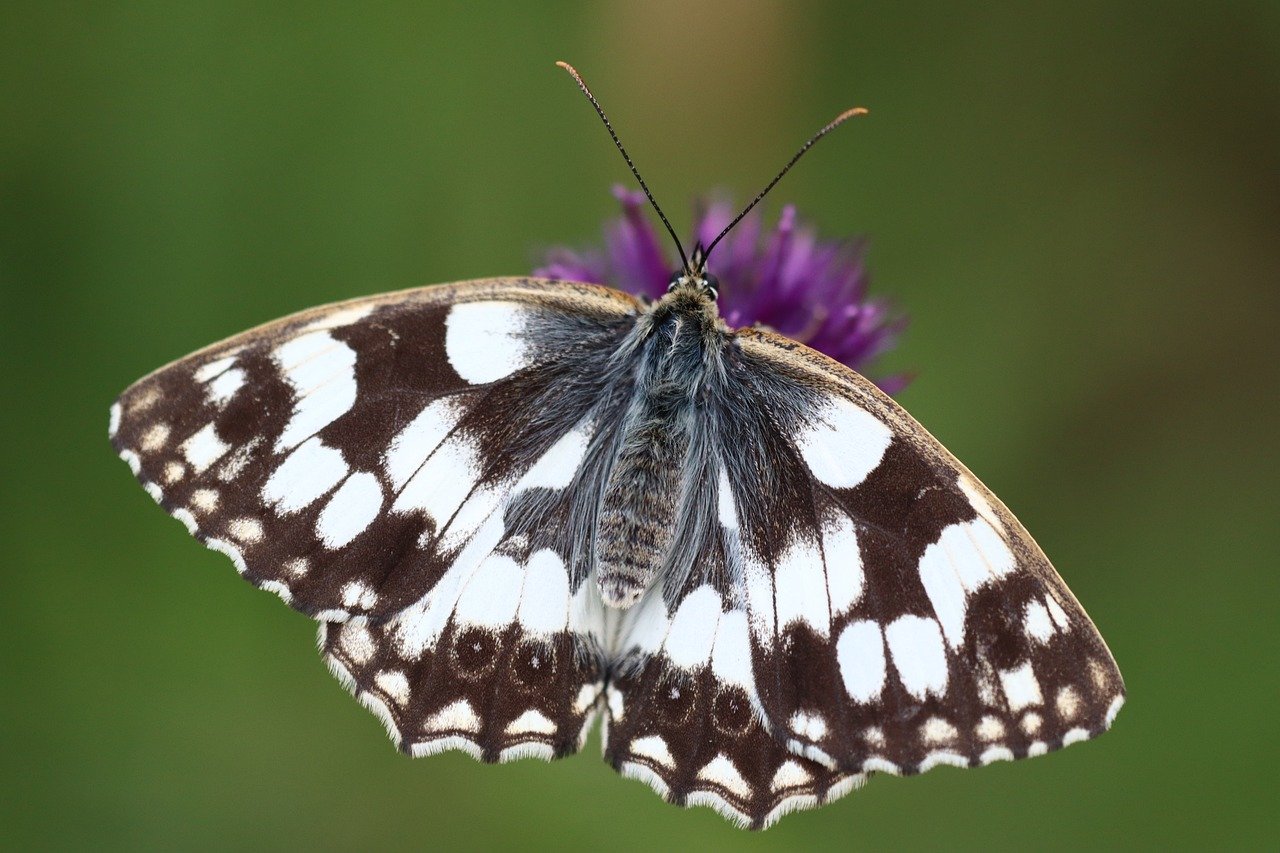Click here to chat with me!
Search our website now
Latest Posts
Patient portals are connected to electronic health record (EHR) systems. They let patients access their personal health information anytime. These portals allow secure messaging between patients and providers. Studies show this messaging can improve communication by up to 42%. Better communication helps lower missed appointments, supports care for chronic diseases, and encourages preventive care. In the United States, about 60% of people are offered patient portals by their healthcare providers. But only about 40% of those actually use them. This difference shows a challenge for healthcare managers who want patients more involved and clinical results to improve. Patient portals have shown good results in health care. For example, patients with diabetes who use portals often control their blood sugar better than those who do not. Also, portal users are about 2.6 times more likely to keep up with preventive screenings. These facts show that using portals more can lead to better care and health results. Challenges in Implementation and Adoption of Patient Portals Medical offices in the U.S. face several problems when setting up patient portals. One big problem is the digital divide. This means not everyone has the same access to technology or knows how to use it well. Older adults, Black and Hispanic groups, and people with low skills using technology often use portals less. Research shows that less than half of portal users find the portal information very easy to understand. This makes usability a big problem. Security is also a worry for many users. From 2018 to 2023, reports of healthcare data breaches doubled, and the number of people affected went up by 950%. To keep patient trust and follow the law, medical offices must use strong security measures. These include multi-factor authentication, encryption, access controls, audits, and alert systems for breaches. Another problem is how portals connect with EHR systems. Some portals only work with one provider’s system. Others are separate and need manual data updates. Some link to many providers’ systems. These differences can slow down information flow and make the portal harder to use. Medical practice managers also find it hard to get many patients to sign up and keep using portals. Success comes from using many ways to promote portals. These include signing people up during visits, staff involvement, special efforts for underserved groups, and incentive programs that explain portal benefits clearly. Encrypted Voice AI Agent Calls SimboConnect AI Phone Agent uses 256-bit AES encryption — HIPAA-compliant by design. Connect With Us Now → Opportunities for Healthcare Organizations Using Patient Portals Patient portals offer several chances to improve healthcare, practice work, and patient satisfaction. Patients can manage appointments, refill prescriptions, and check test results without calling the clinic. This saves time for patients and reduces phone calls for office staff. Secure messaging helps patients and providers communicate quickly. This is useful for patients with many chronic illnesses. It supports personalized care and better health management. Patients can pay bills online. Some clinics have seen collections improve by about 31%. This helps offices with money flow and lowers billing work. Portals give real-time patient data. This data can show if patients follow preventive care and medication plans. Healthcare teams can use it to spot gaps, change care plans, and plan community health efforts. Technology Sophistication and Patient Engagement Research from the Duke Center for Health Informatics shows that patients who are comfortable using technology are more likely to use patient portals often. Health experts say it is important to close gaps in access and skills to give fair healthcare. Efforts to increase portal use should include training for patients and designs that work for different skill levels. Healthcare groups also know that combining health knowledge with data analysis helps improve patient care and decision-making. AI and Workflow Automation: Transforming Patient Portal Use and Healthcare Administration Artificial intelligence (AI) and automation are becoming more useful in healthcare management, especially for patient portals. These tools can make work easier, improve patient use, and raise care quality. AI chatbots can answer common questions, schedule appointments, and give basic health info outside office hours. This lowers calls to clinics and lets staff focus on more complex tasks. AI can also adjust portal content and messages based on what users like or need. This helps keep patients engaged. AI tools can find patients who might need extra attention or who miss care steps. Teams can act earlier to prevent problems instead of reacting later. Automation helps with tasks like patient registration, checking insurance, and billing. This cuts mistakes and speeds up work. It saves time and money for healthcare providers. AI analytics track how patients use portals and clinical data. Managers can use this info to make portals better, improve outreach, and check how well programs work. AI Call Assistant Manages On-Call Schedules SimboConnect replaces spreadsheets with drag-and-drop calendars and AI alerts. Book Your Free Consultation → Practical Steps for Medical Practice Administrators and IT Managers Medical offices in the U.S. that want to start or improve patient portals should consider these points: Design portals that work for all technology skill levels. Use mobile-friendly layouts, easy navigation, clear language, and multiple languages for diverse patients. Use strong security measures that follow HIPAA rules. Include multi-factor authentication and encryption. Check systems often for weaknesses and train staff on privacy. Promote patient sign-up actively. Combine in-person sign-up during visits with phone calls, emails, and community programs. Explain why portals are useful and easy. Train staff and get them to support portals. When staff trust portals, patients are more likely to use them. Teach staff to explain and help with portals confidently. Use AI and automation tools to reduce administrative work and improve patient access. Partner with companies that offer these services. Watch portal use and patient feedback closely. Adjust plans as needed. Track health results linked to portal use to show value and get leadership support. ✓ HIPAA-Compliant Voice AI Agents SimboConnect AI Phone Agent encrypts every call end-to-end – zero compliance worries. Let’s Chat Summary Using patient portals
Ahead of Intelligent Health (13-14 September 2023, Basel, Switzerland), we asked Yurii Kryvoborodov, Head of AI & Data Consulting, Unicsoft, his thoughts on the future of AI in healthcare. Do you think the increased usage of Generative AI and LLMs will have a dramatic impact on the healthcare industry and, if so, how? Generative AI is just a part of the disruptive impact of all AI tech on the healthcare industry. It allows to dramatically reduce time efforts, costs and chances of mistakes. Generative AI and LLMs are applied to automating clinical documentation, drug discovery, tailoring of treatment plans to individual patients, real-time clinical decision support and health monitoring, extracting valuable insights from unstructured clinical records, streamlining administrative tasks like billing and claims processing, providing instant access to comprehensive medical knowledge. And this list continues.
We sat with Benjamin von Deschwanden, Co-Founder and CPO at Acodis AG, to ask him his thoughts on the future of AI in healthcare. Do you think the increased usage of Generative AI and LLMs will have a dramatic impact on the healthcare industry and, if so, how? I think that the strength of Generative AI lies in making huge amounts of information accessible without needing to manually sift through the source material. Being able to quickly answer any questions is going to be transformative for everyone working with increasingly bigger data sets.The challenge will be to ensure that the information we get by means of Generative AI is correct and complete – especially in healthcare – as the consequences of wrong data can be fatal. We at Acodis are actively working on practical applications of Generative AI inside our Intelligent Document Processing (IDP) Platform for Life Science and Pharma clients to drive efficiency and accelerate time to market, whilst controlling the risks.
Intelligent Health 2024 returns to Basel, Switzerland on 11th–12th September. We’ve got prominent speakers. An extensive programme. Groundbreaking advancements in #HealthTech. And much, much more. Our incredible 2024 programme will dive deeper than ever before. From sharing the latest innovation insights to exploring use cases of AI application in clinical settings from around the world. All through our industry-renowned talks, limitless networking opportunities, and much-loved, hands-on workshops. Read on to discover what themes await at the world’s largest AI and healthcare summit.
We sat down with Margrietha H. (Greet) Vink, Erasmus MC’s Director of Research Development Office and Smart Health Tech Center, to ask her for her thoughts on the future of AI in healthcare. Do you think the increased usage of Generative AI and LLMs will have a dramatic impact on the healthcare industry and, if so, how? The integration of Generative AI and LLMs into the healthcare industry holds the potential to revolutionise various aspects of patient care, from diagnostics and treatment to administrative tasks and drug development. However, this transformation will require careful consideration of ethical, legal, and practical challenges to ensure that the benefits are realised in a responsible and equitable manner.








